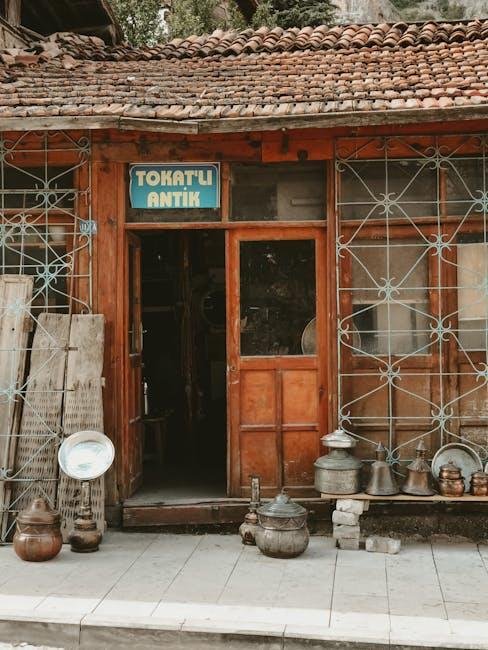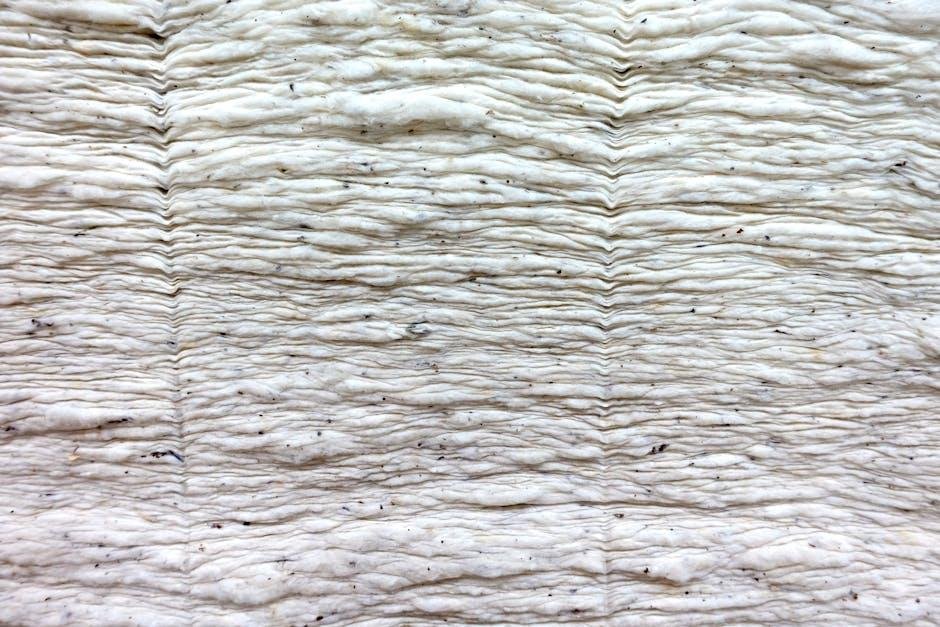Antique metals possess a timeless charm, telling stories of bygone eras with every tarnished surface and intricate detail. From ornate candlesticks that once graced grand dining tables to delicate jewelry that has been passed down through generations, these treasures connect us to our history. However, as with any heirloom, the passage of time can take its toll, leaving these metals vulnerable to the ravages of oxidation, dirt, and neglect. Cleaning and preserving antique metals is not merely a task but an art form that requires care, knowledge, and a touch of reverence. In this article, we will explore the essential techniques and best practices for restoring the luster of your antique metals while respecting their unique character. Whether you are a seasoned collector or a novice enthusiast, understanding the delicate balance between cleaning and preservation will ensure that these cherished pieces endure for years to come. Join us on this journey to unveil the secrets of maintaining the beauty of your antique treasures.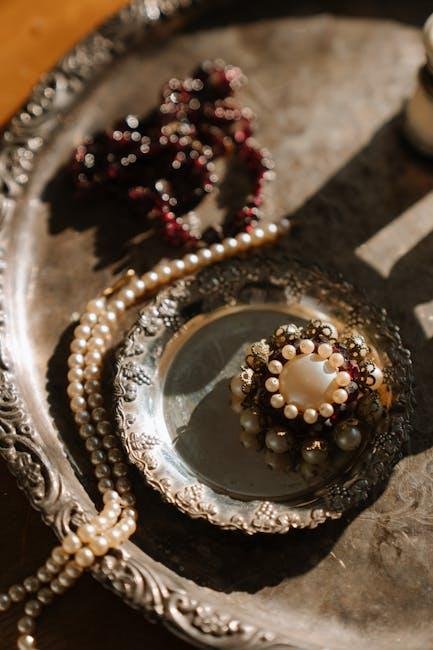
Understanding the Unique Characteristics of Antique Metals
Antique metals possess a distinct charm that tells a story of their own. These materials often display patina, the natural aging process that gives them an aged, rustic look. Each piece carries unique marks, dents, and surface variations that can reflect the history of its usage. Many antique metals, such as brass, bronze, and copper, have different compositions and properties, which contributes to their diverse appearances and behaviors. Understanding these characteristics can considerably influence how one approaches cleaning and preserving these artistic relics.
When dealing with antique metals, it is crucial to be aware of the specific needs of each type. As an example, copper can tarnish rapidly, requiring regular polishing to maintain its luster, while bronze is more resistant to corrosion but may still benefit from protective measures. Some crucial factors to consider include:
- Composition: Different metals require different care methods.
- Age: The older the metal, the more delicate it may be.
- Finish: Polished finishes may need different products than matte finishes.
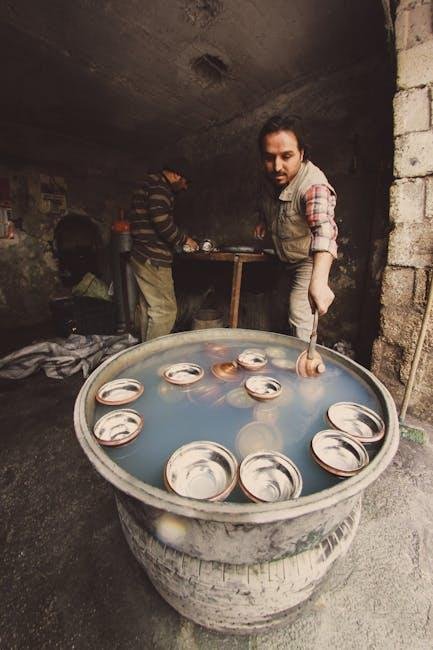
Essential Cleaning Techniques for Different Metal Types
When approaching the care of antique metals, understanding the specific needs of each type is paramount to preserving their beauty and integrity. For brass, a gentle rub with a mixture of lemon juice and baking soda works wonders, effectively removing tarnish without abrasive damage. For copper, a solution of vinegar and salt can restore its shine, but be sure to rinse thoroughly to avoid residue buildup. Silver pieces frequently enough require specialized silver polish, while occasionally a simple bath in warm soapy water can refresh less intricate designs. Keep in mind that each method should be followed up with a soft cloth to wipe away any leftover cleaning agents and moisture.
Different types of metal require distinct precautions during cleaning to avoid unwanted reactions. Here is a speedy comparison to guide you:
| Metal Type | Recommended Cleaner | Special Tips |
|---|---|---|
| Brass | Lemon and Baking Soda | Avoid scrubbing; use a soft cloth. |
| Copper | Vinegar and Salt | Rinse well to prevent oxidation. |
| Silver | Silver Polish | Regular polishing prevents tarnish. |
| Bronze | Soap and Water | Avoid harsh chemicals to preserve patina. |
For pewter,use a soft sponge dampened with mild soap,as aggressive chemicals can alter its appearance.When cleaning iron or steel, a straightforward approach with mineral oil can maintain their finish while also preventing rust. Always test any cleaning solution on a small, inconspicuous area before applying it extensively. This step ensures that you don’t inadvertently damage the piece, helping to maintain its antique charm for years to come.
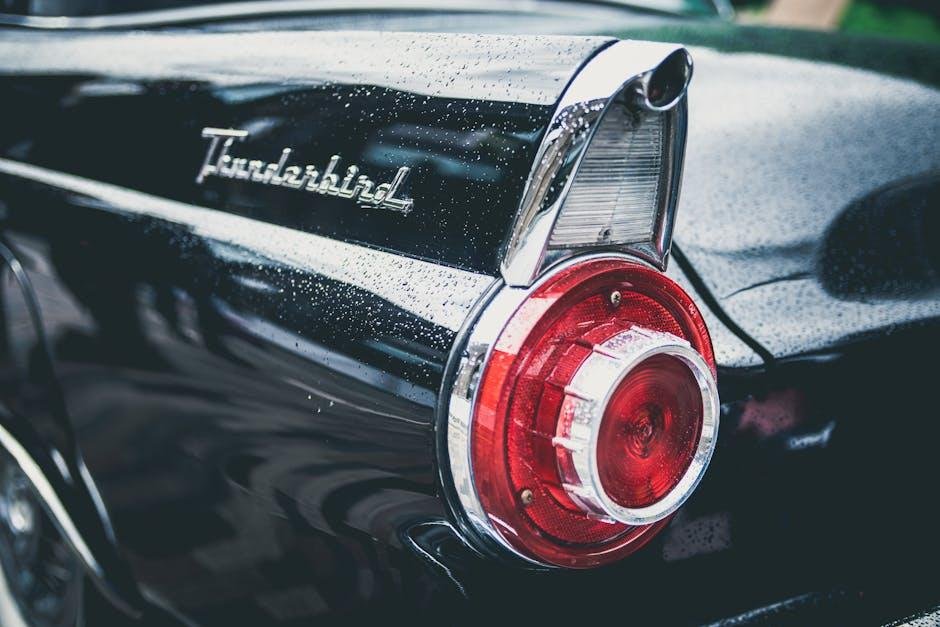
Restoration vs. Preservation: Finding the Right Balance
When it comes to antique metals,making a decision about whether to restore or preserve can be quite challenging. Restoration involves reversing damage and transforming an item to its original condition, which can sometimes lead to loss of authenticity and heritage. Conversely, preservation focuses on maintaining the current state of the object with minimal intervention, allowing the piece to tell its own story through age and wear. Striking the right balance between both approaches can ensure that the beauty and ancient meaning of the metal are honored while also safeguarding it for future generations.
To find this balance, consider the following factors:
- Condition Assessment: evaluate the current state of the metal and identify areas requiring attention.
- Historical Value: Determine the item’s significance and whether its originality contributes to its value.
- Future Use: Consider how the item will be displayed or used; a functional antique may require more restoration than a purely decorative piece.
- Conservation Methods: Research different techniques to decide on the most suitable approach for your antique.
| Restoration | Preservation |
|---|---|
| Reinstates original appearance | Maintains current condition |
| May involve chemical processes | Focuses on minimal intervention |
| Can decrease value if overdone | Preserves historical context |
| Best for heavily damaged items | Ideal for well-preserved antiques |
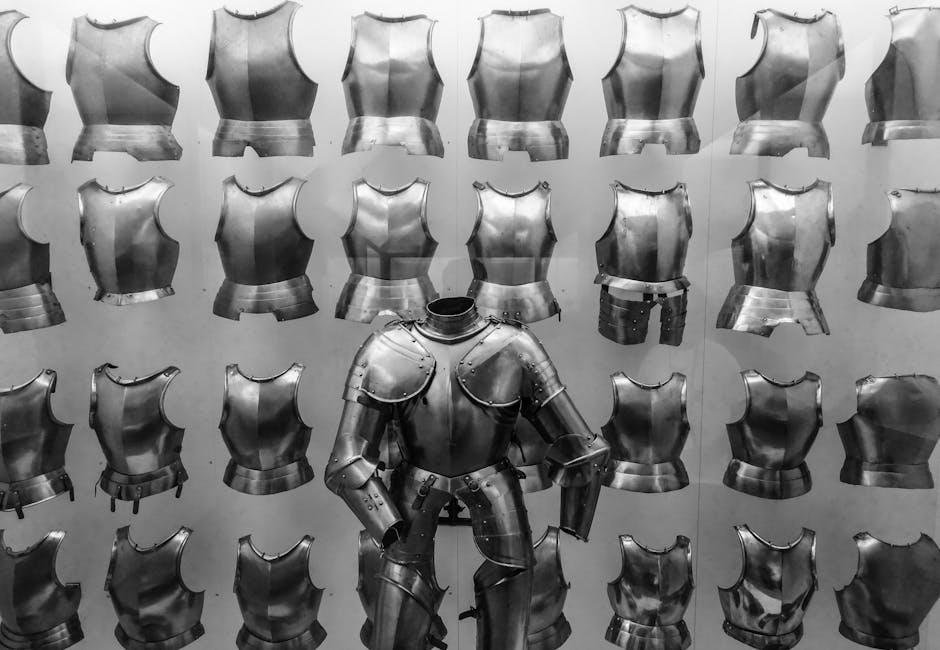
Long-term Care Strategies for Antique metal Artifacts
Preserving antique metal artifacts requires a strategic approach to ensure their longevity and aesthetic appeal. Environmental control is paramount; they should be stored in a climate-controlled environment to mitigate the effects of humidity and temperature fluctuations. It is indeed beneficial to maintain a consistent relative humidity of around 40-50% to prevent corrosion and deterioration. Additionally, using acid-free materials for storage, such as archival boxes and acid-free tissue paper, protects the artifacts from harmful chemicals and physical damage. Regularly inspecting items for signs of deterioration can help catch issues early, allowing for timely intervention.
Another integral aspect of long-term care involves cleaning and handling techniques. Using a soft brush or microfiber cloth is ideal for removing dust without scratching the surface. For metallic artifacts that require deeper cleaning, always opt for non-abrasive cleaners. A simple solution of warm water and mild soap can be effective. Avoid using commercial cleaners or polishes unless specifically formulated for antique metals, as these can lead to irreversible harm. Lastly, whenever handling artifacts, it’s best to wear cotton gloves to prevent the transfer of oils and dirt from your hands, ensuring the integrity of these precious items is preserved over time.
Future Outlook
caring for antique metals is both an art and a science, requiring patience, knowledge, and a touch of reverence for the past. By understanding the unique characteristics of different metal types and employing the appropriate cleaning and preservation techniques,you can ensure that these remarkable relics continue to tell their stories for generations to come. Whether you’re a seasoned collector or a casual enthusiast, each step you take towards maintaining these treasures echoes your commitment to history and craftsmanship. As you embark on your preservation journey, remember that each polished surface and restored luster not only enhances the beauty of your antiques but also honors the narratives they carry. Happy cleaning!


